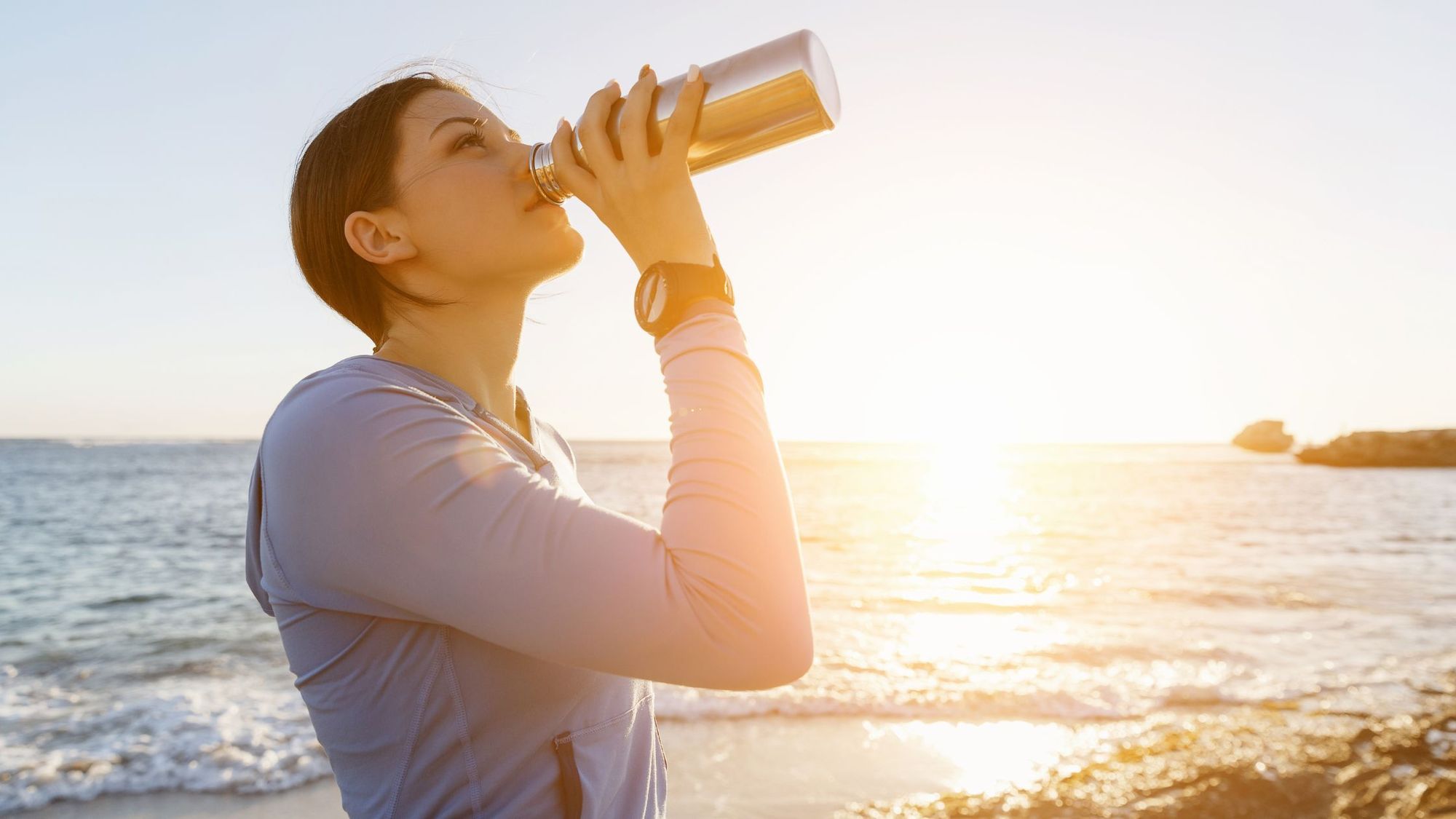
As the planet experiences rampant climate change, extreme weather events like heatwaves are becoming more frequent and intense. In fact, the Copernicus Climate Change Service (C3S) has observed last July as the hottest month recorded since 1940, peaking at 17.08°C global average temperature.
With such a concerning trend, we all must take the risks of heat more seriously, especially for those of us living in hotter – and more humid – climates. But how does humidity factor into how we approach heat-related illness, such as heatstroke? One important metric to understand the intensity of heat and its effects on human health is the wet bulb temperature.
In this article, we will explore what wet bulb temperatures are, how they are caused, their impact on human health, and essential strategies to stay safe during heatwaves.
What is Wet Bulb Temperature?
The wet bulb temperature (WBT) is a parameter that indicates the combined effects of dry air temperature and humidity on the human body. It is the lowest temperature at which water evaporates into the air at a constant pressure, effectively measuring the cooling effect of evaporation on the skin.
WBT gets its name from how it’s typically measured. After taking a reading on a thermometer, a wet cloth is slid over the bulb to take a new measurement after the water has evaporated and cooled the thermometer. This new reading is the WBT, which cannot exceed the initial dry air reading.
WTB is an essential factor in accurately assessing heat stress and the potential risks to human health during extreme heat events.
When Does Wet Bulb Temperature Cause Heat Stress?
High temperatures alone can be uncomfortable, but when combined with high humidity, the body’s ability to cool itself through evaporation is impaired. As the air becomes saturated with moisture, sweat cannot efficiently evaporate from the skin, leading to increased heat retention in the body.
A theoretical study from 2010 proposed a critical threshold of 35°C, at which point a person could only survive for 6 hours before their body fails due to extreme heat.
However, a new study by W. Larry Kenny, a physiology professor from Penn State University, reveals that WBT is already critical at a lower temperature of 31.5°C, regardless of dry or humid regions.
Effects of Wet Bulb Temperature on Human Health
Even below the critical BWT, heat can already pose a threat to your well-being. Prolonged exposure to elevated wet bulb temperatures can lead to:

- Heat Exhaustion: Heat exhaustion occurs when the body’s core temperature rises, and it struggles to cool down. Symptoms include heavy sweating, weakness, dizziness, headache, and nausea. Be wary of this when you’re exercising outdoors. Outdoor workouts have their benefits, but overdoing it can be risky, and even fatal.
- Heatstroke: Heatstroke is a life-threatening condition where the body’s internal temperature rises to dangerous levels, usually 40°C or higher. It is a medical emergency and requires immediate attention. Symptoms include confusion, loss of consciousness, seizures, and hot, dry skin.
- Dehydration: One repercussion of the body’s loss of cooling capabilities is that the body loses fluids rapidly through sweat, leading to dehydration. Severe dehydration can be dangerous and may require medical intervention.
- Respiratory Stress: High humidity can worsen respiratory conditions such as asthma, as it affects the airway passages and makes breathing more difficult.
Staying Safe in High Wet Bulb Temperature Conditions
During extreme heat events with elevated wet bulb temperatures, it is crucial to take precautions to protect your health and well-being:

- Stay Hydrated: Drink plenty of water throughout the day to stay hydrated and replenish fluids lost through sweat. This is especially important if you’re engaged in physical activities.
- Bring a Fan: Waving a fan or keeping an electrical one wherever you go can help your sweat evaporate faster to cool you off as you make your commute or travel, which especially helps in high humidity to keep excessive moisture away.
- Seek Shade and Cool Environments: Avoid direct sunlight and spend time in shaded or air-conditioned areas to lower your risk of heat-related illnesses.
- Limit Outdoor Activities: Minimize physical exertion and outdoor activities during the hottest parts of the day, typically between 10 a.m. and 4 p.m.
- Wear Lightweight Clothing: Choose light-colored, loose-fitting clothing made of breathable fabrics to stay cool.
- Check on Vulnerable Individuals: Regularly check on elderly individuals, young children, and those with pre-existing health conditions, as they are more susceptible to heat-related illnesses.
- Follow Local Advisories: Stay informed about weather advisories and heat warnings issued by local authorities, because WBTs can vary based on where you live. Don’t take heat advisories lightly and do take appropriate precautions.
Conclusion
While the work on reversing, or at least slowing down, climate change is a complex matter too hard for any one of us to tackle alone, we can do ourselves a favor by being aware of our own circumstances in relation to increasing temperatures and staying healthy in such conditions.
Some of us will experience higher WBTs and have a harder time facing heat-related stress and health risks, but taking proactive measures can help protect ourselves and others in this climate. One such measure is also understanding your own unique genetic susceptibility to various health risks, which can easily be done by taking a CircleDNA test.






